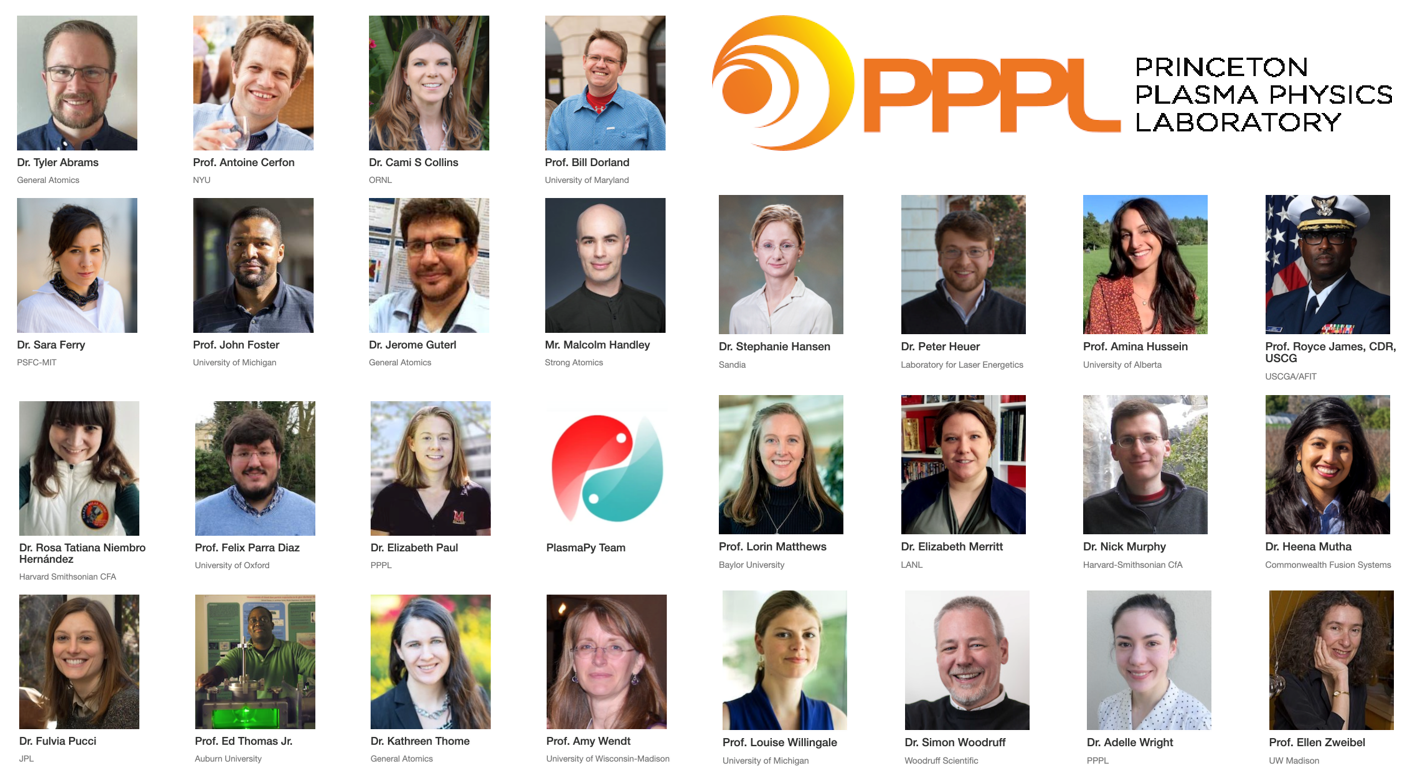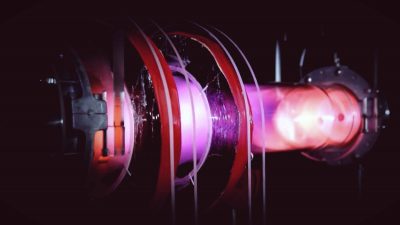
Last year the Princeton Plasma Physics Laboratory (PPPL) hosted its annual Introduction to Fusion Energy and Plasma Physics Course online. Open access to recorded lectures makes this an excellent resource for undergraduates, recent graduates, and anyone new to fusion research. The course was developed as part of the Science Undergraduate Laboratory Internships (SULI) program funded by the US Department of Energy.
Find recorded lectures and slides online here. Navigate through the site to find presentations each year going back to 2015 delivered by accomplished scientists from institutions such as universities, national research laboratories, and industry. Topics of talks span a wide range including plasma waves, magnetic reconnection, stellarators, materials, and more. For example, watch Prof. Amina Hussein’s talk on Single Particle Motion for a nice analysis explaining why magnetic fields are designed to have the shapes they do to confine plasma in a reactor.
A keynote speaker at the recent 2nd HPC Fusion Workshop, Prof. Bill Dorland, gave a presentation on Computing for Science at the 2021 PPPL SULI Intro Course. Watch it to find out about the differences between scientific computing and computer science, and about how computing helps researchers study plasma instabilities like radial jets and zonal flows.
Speakers present materials in an approachable way, and listeners can download slides to follow along more easily, checking on details of derivations at their own pace. We get excited about free, readily available educational materials related to fusion, so this set of lectures is a great find!
For more educational resources from PPPL, check out the Remote Glow Discharge Experiment (RGDX), a remotely-controlled plasma tube!

